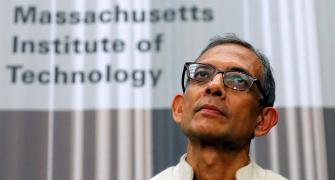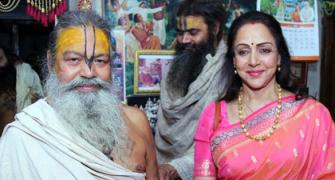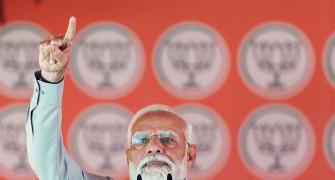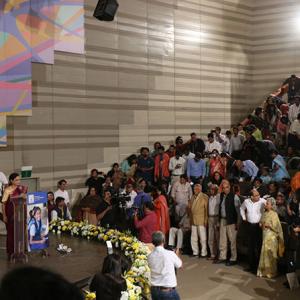Science is a young person's game.
An award to a young scientist could free up that person to do productive work, or help win more grants by enhancing reputation, argues Devangshu Datta.

Unlike the highly politicised Literature and Peace awards, the science Nobels rarely cause controversy.
The 2020 science awardees are all thoroughly deserving winners.
Several were legends, long before the awards were announced.
Nevertheless, there are question marks about the way the prizes work.
The awards are usually made decades after the work.
Major contributors have often passed on, and since the terms of the bequest specify awards cannot be posthumous, their contributions are not recognised.
This happened with the physics prize in 2020.
Stephen Hawking and Amal Raychaudhuri made massive contributions to the work on black holes for which Roger Penrose received the award.
Hawking (born 1942) died in 2018, and Raychaudhuri (born 1923) passed away in 2005.
Penrose is 89 years old.
All of them did their best work over 50 years ago.

In another famous instance, François Englert and Peter Higgs were jointly awarded (Physics, 2013) for their theory on particle-mass.
In 1964, they independently theorised the existence of what's now known as the Higgs Boson.
But Englert's co-author, Robert Brout had passed on.
Rosalind Franklin (1920-1958) is another example of a contributor missing out due to mortality.
Franklin, an x-ray crystallographer of genius, did much of the research that led to understanding DNA's double-helix structure.
But she died, before the Nobel was awarded to Watson, Crick and Wilkins in 1962.
There's also a case to be made for earlier recognition since science is a young person's game.
An award to a young scientist could free up that person to do productive work, or help win more grants by enhancing reputation.
There is also a numerical restriction in the terms: Nobels cannot be shared by more than three individuals (though it can be awarded to institutions such as Amnesty International, or the World Food Programme).
This runs contrary to norms of research.
The lone wolf scientist is a nice meme; in practice scientific work often involves vast teams.

A recent key breakthrough in astrophysics was the use of gravitational waves for black hole detection.
The Nobel was shared for this, by Barry Barish, Kip Thorne, and Rainer Weiss in 2017.
But the project involved multiple large teams consisting of several hundred scientists working together to analyse data from the Laser Interferometer Gravitational-Wave Observatories.
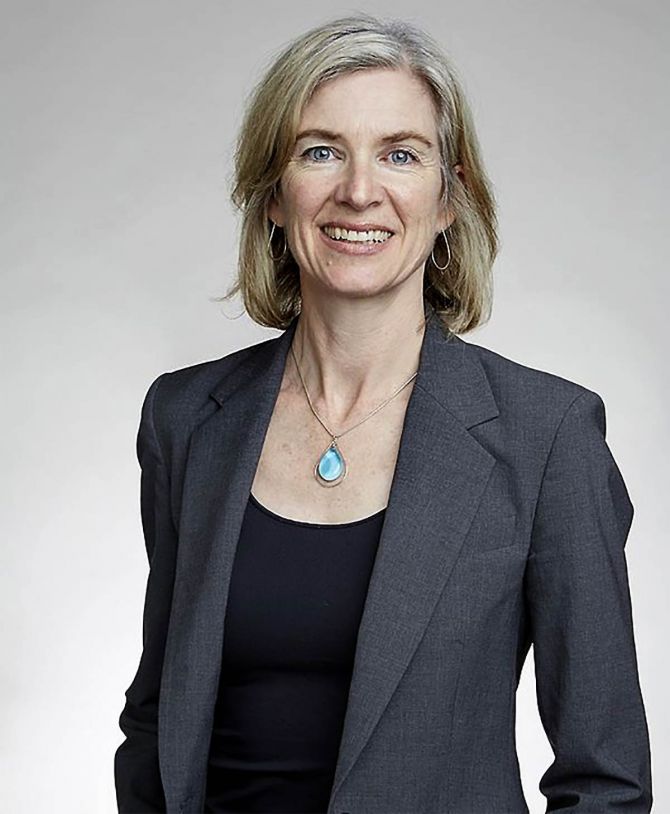
Another elephant in the bedroom is gender bias.
Very few women have ever received science prizes.
This year was unusual in that the gender ratio was more balanced.
However, Andrea Ghez is only the fourth woman to become a Physics Laureate while Jennifer Doudna and Emmanuelle Charpentier belong to an exclusive club of seven female Chemistry Laureates.
Marie Curie is part of both lists as one of a very small list of double winners, along with her daughter Irene Joliot-Curie (Chemistry).
The good thing, however, is that recognition for Doudna and Charpentier have come relatively early for their revolutionary work on CRISPR-Cas9, which changed the field of gene editing.
Both are still very much working scientists.
There are relatively few women working in STEM disciplines but not that few.
There are far too many stories of women who did not get their due for useful and important work.
This is quite apart from absurd barriers that don't apply to men.
Gertrude Elion (Nobel Medicine 1988) was once refused a research post because she was pretty and would be a distraction!
Even Madame Curie faced deep biases despite her towering genius.
Her husband, Pierre Curie, was a co-winner of the 1903 Physics Prize, and died in a road accident in 1909.
He was deservedly, a member of the French Academie Des Sciences.
But she was never given membership of that august institution, despite twice as many Nobels!
By 1911, when she was awarded the Nobel for Chemistry, she was a widow in a relationship with physicist,Pierre Langevin.
The committee actually requested her not to receive the prize in person because of her 'scandalous' private life.
Given that long tradition of gender bias, it remains to be seen if 2020 actually marks a change in attitudes, or is just an aberration.
Feature Presentation: Ashish Narsale/Rediff.com





